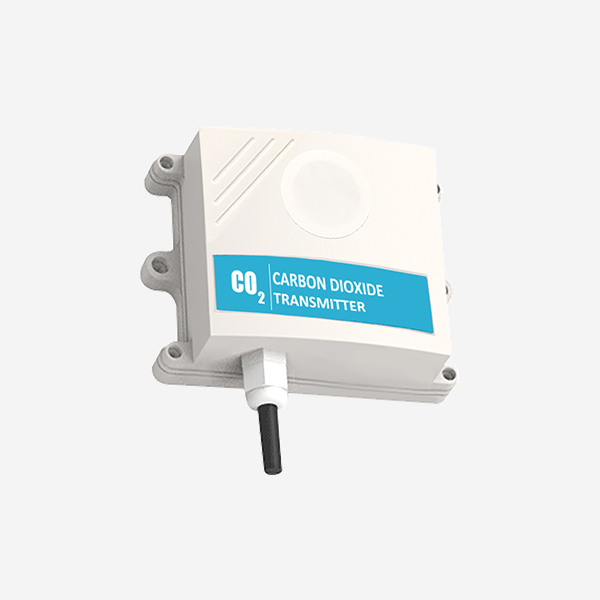CO2 sensor play a crucial role in maintaining a healthy and safe environment indoors. With the rise in concerns about air pollution and its impact on human health, monitoring the levels of carbon dioxide (CO2) has become essential. This article will delve into the significance of CO2 sensor in ensuring good indoor air quality.

The significance of CO2 sensor
Real-time Monitoring:
CO2 sensor provide real-time monitoring of the carbon dioxide levels in enclosed spaces. By actively measuring and detecting changes in CO2 concentration, these sensors enable us to gauge air quality accurately. With this information, corrective actions can be taken promptly to ensure optimal indoor conditions.
Ventilation Control:
A significant application of CO2 sensors lies in controlling ventilation systems. Higher CO2 levels indicate inadequate fresh air supply, which can lead to stuffiness and discomfort. By detecting elevated CO2 concentrations, sensors trigger ventilation systems to increase the inflow of fresh air, enhancing the overall indoor air quality.
Energy Efficiency:

CO2 sensor also contribute to energy efficiency by optimizing ventilation systems. Traditional methods involve using fixed ventilation rates, regardless of actual occupancy or air quality. However, employing CO2 sensors allows for demand-controlled ventilation based on real-time conditions. This targeted approach ensures that energy is not wasted on unnecessary air circulation, resulting in cost savings and reduced environmental impact.
Health and Productivity:
Poor indoor air quality can have detrimental effects on human health and productivity. High levels of CO2 can cause headaches, drowsiness, and an overall feeling of discomfort. By detecting and alerting occupants to increased CO2 concentrations, these sensors empower individuals to take preventive measures such as opening windows or increasing ventilation rates. As a result, occupants enjoy a healthier environment, leading to improved productivity and well-being.
Safety Precautions:
In certain environments, such as laboratories or industrial facilities, monitoring CO2 levels is critical for safety. The accumulation of high concentrations of CO2 can be a sign of gas leaks or malfunctioning equipment. CO2 sensor detect such anomalies and trigger alarms, allowing swift evacuation and preventing potential hazards.
Conclusion:
CO2 sensor are essential tools for maintaining good indoor air quality. By continuously monitoring CO2 levels, these sensors enable ventilation systems to provide fresh air adequately, promote energy efficiency, and enhance the health and productivity of occupants. Furthermore, their role in ensuring safety in specific environments cannot be understated. As we prioritize the well-being of individuals, the deployment of CO2 sensors will continue to be vital in our pursuit of healthier indoor spaces.
